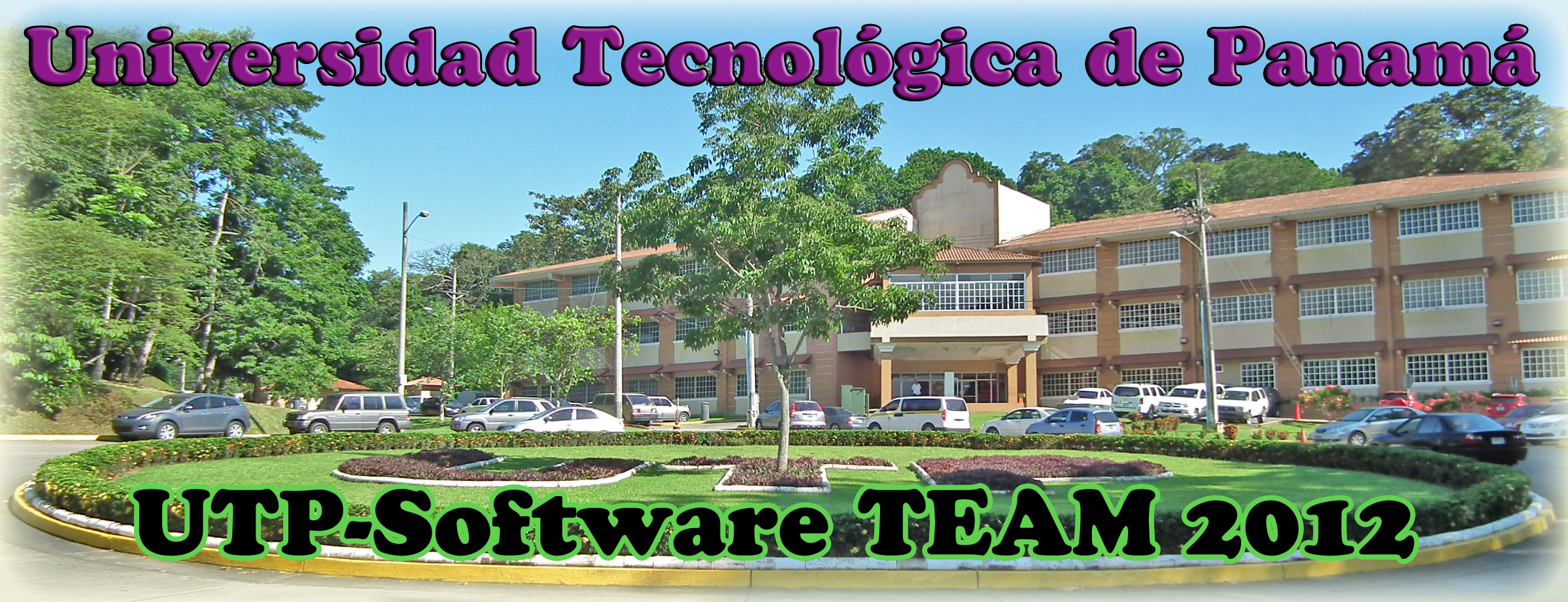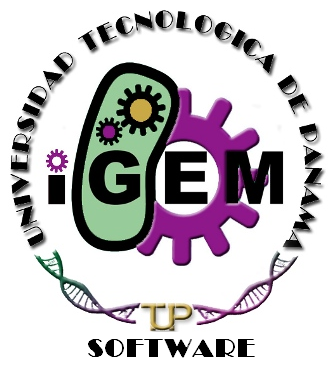Team:UTP-Software/Project
From 2012.igem.org
(Difference between revisions)
(Prototype team page) |
(→OVERVIEW) |
||
| (13 intermediate revisions not shown) | |||
| Line 1: | Line 1: | ||
| - | + | {{Team:UTP-Software/utptemplate2}} | |
| - | + | =='''OVERVIEW'''== | |
| - | + | ||
| - | + | ||
| - | + | ||
| - | + | ||
| - | + | ||
| - | + | ||
| - | + | ||
| - | + | ||
| - | + | ||
| - | + | ||
| - | + | ||
| - | + | ||
| - | < | + | <div align="justify">New iGEM teams in many countries lost valuable time facing and doing sequence analysis (that could include human errors). Our team realized a series of meeting with past iGEMers to create tools that could save time, and for students with non-familiar biological backgrounds ways to help them to verify and take decisions. |
| + | When dealing with assembly standards methods (in our case Biobricks), requires to have in mind always the restriction enzymes involved (which is not the common way to think for new iGEMers!). This is fundamental in iGEM, but some people consider it a limitation, because it limits the amount of genes that we can use. | ||
| - | + | In practice when teams find sequences that can’t be introduced in their chosen Biobricks Standard, they usually take either one of these paths: | |
| - | + | <ul> | |
| - | + | <li>Non-biological background teams abandon the gene and change it.</li> | |
| - | + | ||
| - | + | ||
| - | + | ||
| - | + | ||
| - | + | ||
| - | + | ||
| - | + | ||
| - | + | ||
| + | <li>By the other hand, experienced teams, make mutations in their sequence to allow it to match with some desired BB standards.</li> | ||
| + | </ul> | ||
| + | This mutagenesis process is in some case too complicated to deal for new teams, as we say it, then these teams maybe change potentially great applications, due to this little technical problem. | ||
| + | The engineers of the UTP-Software team addresses this problem developing our SynBio Sequence Mutation Tool (S2MT), for us a great challenge, but also an interesting journey to collaborate with other iGEMers in the world. | ||
| + | '''Our SynBio Sequence Mutation Tool was made to quickly analyze sequences,''' | ||
| + | <ul> | ||
| + | <li>Determine assembly standards compatibility for BioBricks,</li> | ||
| - | + | <li>Suggest Primers that will help to solve the compatibility issues,</li> | |
| - | + | <li>Give the final sequence with the selected modification,</li> | |
| + | <li>And to show the new compatible standards.</li> | ||
| + | <li>Align sequences based on overlaps.</li> | ||
| - | + | <li>Do the consensus of all sequences and produce a final one based on phred scores.</li> | |
| - | + | </ul></div> | |
| - | + | ||
| - | + | ||
| - | + | ||
| - | + | ||
| - | + | ||
| - | + | ||
| - | + | ||
| - | + | ||
| - | + | ||
| - | + | ||
| - | + | ||
| - | + | ||
| - | + | ||
| - | + | ||
| - | + | ||
| - | + | ||
| - | + | ||
| - | + | ||
| - | + | ||
| - | + | ||
| - | + | ||
| - | + | ||
| - | + | ||
| - | + | ||
| - | + | ||
Latest revision as of 04:03, 27 October 2012
| Home | Team & Attributions | Project | S2MT | Tutorial | Biosinergia | Notebook | Human Practices | Safety | Sponsors |
|---|
 "
"

